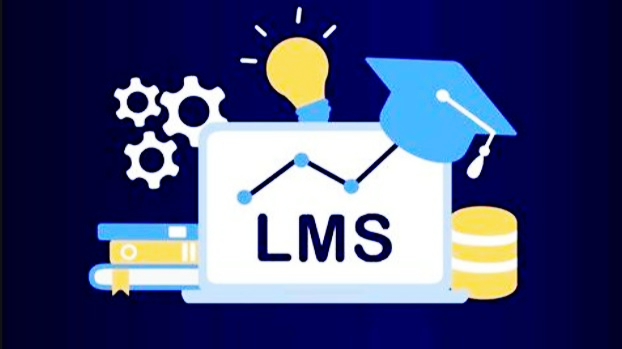LMS Content Management: Streamlining the Learning Experience
In today’s digital age, learning management systems (LMS) have become an integral part of corporate training and development programs. LMS content management refers to the process of creating, organizing, and delivering learning content through an LMS platform. Effective content management is crucial for delivering a seamless learning experience to learners, improving engagement, and achieving learning outcomes. In this article, we will explore the key aspects of LMS content management and how they contribute to a successful learning program.
1. Content Creation
Content creation is the foundation of any LMS content management strategy. It involves developing high-quality learning content that meets the needs of the learners and aligns with the organization’s learning objectives. The content should be engaging, interactive, and relevant to the learners’ roles and responsibilities. It should also be designed to cater to different learning styles and preferences.
To create effective learning content, organizations should follow a structured content development process. This process should include activities such as identifying learning needs, defining learning objectives, developing learning activities, and creating assessments. The content should also be reviewed and tested by subject matter experts and learners to ensure its accuracy, relevance, and effectiveness.
2. Content Organization
Content organization refers to the process of categorizing and structuring learning content in a logical and intuitive manner. This helps learners to easily navigate the LMS platform and find the content they need. The content should be organized based on learning topics, modules, and courses. Each module or course should have a clear structure, with learning objectives, activities, and assessments.
To organize learning content effectively, organizations should follow a consistent naming convention and use descriptive titles and tags. They should also provide a search function that allows learners to easily find the content they need. The content should also be tagged with keywords and metadata to facilitate search and discovery.
3. Content Delivery
Content delivery refers to the process of delivering learning content to learners through the LMS platform. This involves selecting the appropriate delivery method, such as self-paced learning, instructor-led training, or blended learning. The content should also be delivered in a format that is accessible and compatible with different devices and platforms.
To deliver learning content effectively, organizations should provide learners with a variety of learning resources, such as videos, interactive simulations, and quizzes. They should also provide learners with feedback and coaching to help them improve their skills and knowledge. The content should also be delivered in a format that is engaging and interactive, such as gamification, microlearning, or social learning.
4. Content Maintenance
Content maintenance refers to the process of updating and revising learning content to ensure its accuracy, relevance, and effectiveness. This involves reviewing the content regularly, updating it with new information, and removing outdated content. The content should also be reviewed and tested by subject matter experts and learners to ensure its accuracy and effectiveness.
To maintain learning content effectively, organizations should follow a structured content maintenance process. This process should include activities such as reviewing learning needs, updating learning objectives, revising learning activities, and creating new assessments. The content should also be reviewed and tested by subject matter experts and learners to ensure its accuracy, relevance, and effectiveness.
Conclusion
LMS content management is a critical aspect of corporate training and development programs. Effective content management involves creating, organizing, delivering, and maintaining learning content through an LMS platform. By following a structured content development process, organizations can create high-quality learning content that meets the needs of the learners and aligns with the organization’s learning objectives. By organizing the content effectively, organizations can help learners to easily navigate the LMS platform and find the content they need. By delivering the content effectively, organizations can provide learners with a variety of learning resources and formats that are engaging and interactive. By maintaining the content effectively, organizations can ensure its accuracy, relevance, and effectiveness over time. By following these best practices, organizations can deliver a seamless learning experience to learners, improve engagement, and achieve learning outcomes.

